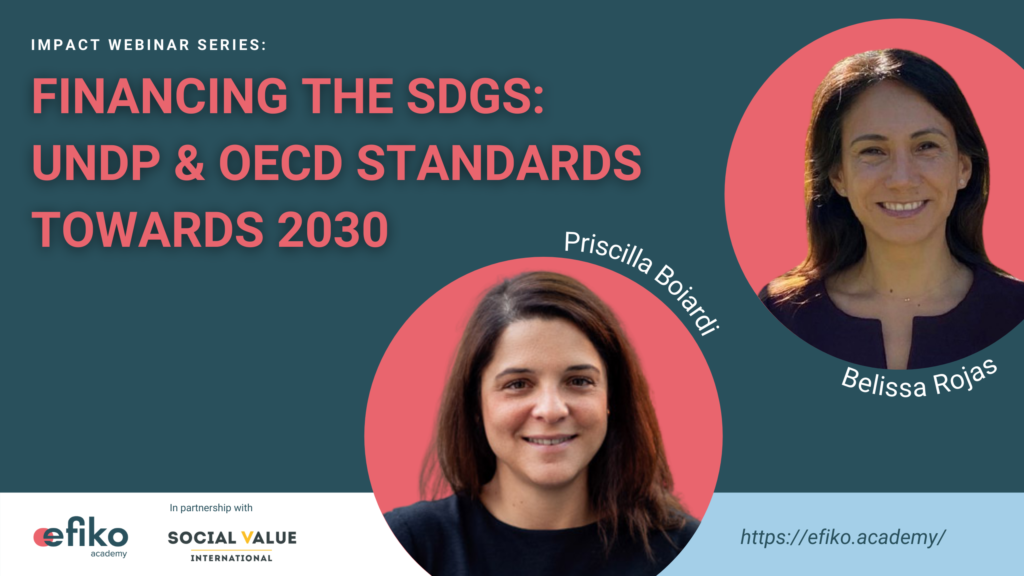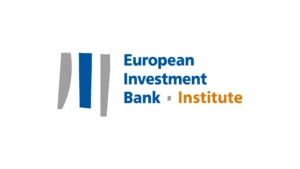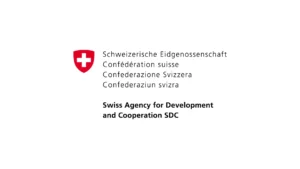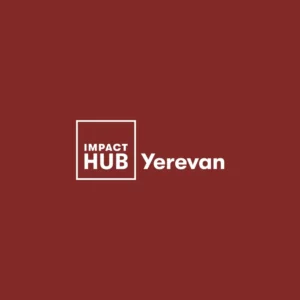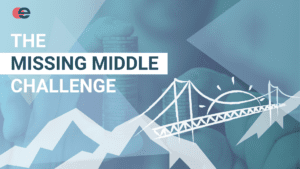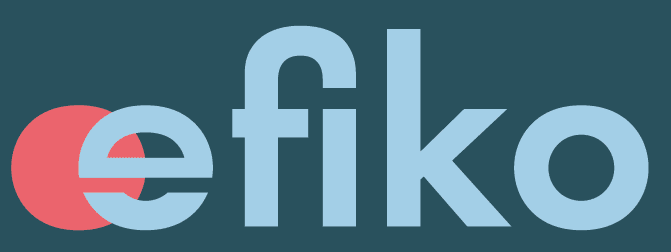It is no secret that the level of financing necessary to reach the SDGs by 2030 is not there yet. The financing of SDGs no longer primarily lies in the hands of governments, but a new time has come for enterprises and investors to transform their operations that contribute to society and the environment. According to Belissa Rojas, Impact Management and Measurement Advisor for the UNDP SDG Impact, the re-estimated amount (accounting for the effects of the Covid19 Pandemic) that is needed to reach the SDGs is roughly 4.2 trillion USD. The good news, however, is that the global financial market is worth more than 379 trillion USD. This stands to prove that the financial resources are there, they now need to be utilized and mobilized most effectively. This will necessitate alignment between market participants to increase the scale and pace of financing the SDGs. Here are the recommendations from our live webinar with previously mentioned Belissa Rojas and Priscilla Boiardi, Policy Analyst and Private Finance for Sustainable Development for the OECD. You can rewatch the webinar here.
Getting on the same page
Today, there is still an alphabet soup to be clarified in terms of the agreement on a common understanding and definition of sustainability and social impact. The definitions that organisations attach to the words “sustainable” and “social impact” have a direct impact on the approach they use in their decision-making processes.
On the one hand, the focus is on the enterprise value; measuring how much the enterprise value is at risk due to environmental and social challenges.
On the one hand, the focus is on the enterprise value; measuring how much the enterprise value is at risk due to environmental and social challenges.
On the other hand, there is double materiality which entails treating financial materiality and social/environmental materiality as equally important.
In short, the focus has shifted from what impact the environment and society have on a firm, to what impact the firm has on society and the environment. Under the latter approach, organisations are not only seen as drivers of economic value but also drivers of social and environmental impact. The approach of every enterprise will be tailored to their specific mission as well as financial and extra-financial conditions, but it is clear that a pure focus on financial materiality is not going to move the needle.
In short, the focus has shifted from what impact the environment and society have on a firm, to what impact the firm has on society and the environment. Under the latter approach, organisations are not only seen as drivers of economic value but also drivers of social and environmental impact. The approach of every enterprise will be tailored to their specific mission as well as financial and extra-financial conditions, but it is clear that a pure focus on financial materiality is not going to move the needle.
Doing the right things
Getting on the same page is just one part of the puzzle. In addition, efforts to finance the SDGs need to be scaled up, which will require the collaboration of different market actors with different risk profiles. In particular, optimising public sector financing to mobilise commercial finance has become crucial. Forms of blended finance that bring different actors around the table can provide the right incentives to de-risk and multiply the current capital provided.
External incentives through regulation is a type of “get out of jail” free card governments are increasingly using. The public sector needs to provide the appropriate incentives to get enterprises aligned with sustainable and social impact directives. One example is the requirement for increased transparency in the enterprise’s use of resources in terms of the SDGs. Further, a strong need for enhanced international collaboration is required to equal the playing field. Given that regulations are not the same in every country, to avoid confusion for organisations and investors in multi-country markets, collaboration is essential. International bodies such as the UNDP and OECD play critical roles.
Doing the things right
In addition to scaling up efforts to reach the SDGs, there is a strong need too to ensure that the influx of capital is managed appropriately to maximise its potential impact.
Picking a standard or methodology and drafting up a pretty impact report is not sufficient anymore. As with the UPDP-OECD Impact Standards, embedding standards in an organisation’s decision-making and operational practices is the way forward.
A key factor in the years to come is external assurance. What today sounds very familiar in financial accounting will have to become a common practice for impact results, internal practices and reporting. The requirement to have an independent assessment of how an organisation is performing on sustainability and social impact, is a must to take a leap forward.
Picking a standard or methodology and drafting up a pretty impact report is not sufficient anymore. As with the UPDP-OECD Impact Standards, embedding standards in an organisation’s decision-making and operational practices is the way forward.
A key factor in the years to come is external assurance. What today sounds very familiar in financial accounting will have to become a common practice for impact results, internal practices and reporting. The requirement to have an independent assessment of how an organisation is performing on sustainability and social impact, is a must to take a leap forward.
On an encouraging note, reaching the SDGs by 2030 is not impossible but it is evident that there needs to be an integration of societal and environmental impacts into the operations of enterprises and investors. The collaboration of these market participants is essential to reach the scale and pace needed to make a change. And while increasing the scale and pace will lead to greater mobilisation of resources, it is imperative that the right things are done, and that they are done right.

Structuring Hybrid Impact Investments
- United Nations (2021). The Sustainable Development Goals Report 2021. https://unstats.un.org/sdgs/report/2021/The-Sustainable-Development-Goals-Report-2021.pdf
- OECD, UNDP (2021). OECD-UNDP Impact Standards for Financing Sustainable Development, OECD Publishing, Paris, https://read.oecd-ilibrary.org/development/oecd-undp-impact-standards-for-financing-sustainable-development_744f982e-en#page5


